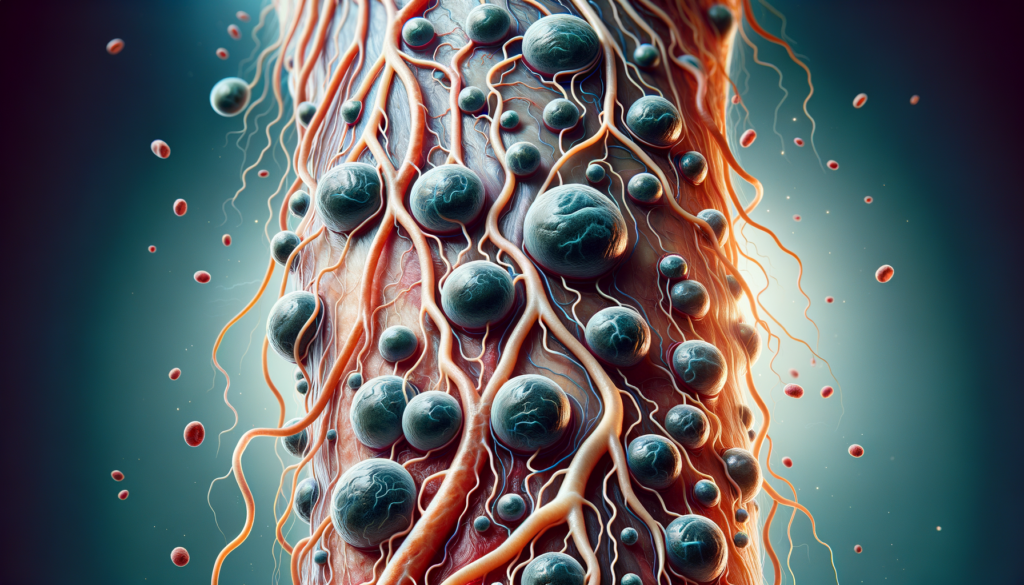The Gaming Blog

Introduction to Varicose Veins
Varicose veins are a common medical condition that affects a significant portion of the population, particularly as they age. These veins appear swollen and twisted, usually in the legs, and are often considered a cosmetic concern. However, they can also lead to discomfort and more serious health issues if left untreated. Understanding the causes, symptoms, and available treatments for varicose veins is essential for managing this condition effectively.
Causes of Varicose Veins
Varicose veins occur when the valves in the veins that regulate blood flow become weakened or damaged. This leads to blood pooling in the veins, causing them to enlarge and become varicose. Several factors contribute to the development of varicose veins, including:
- Age: As individuals age, veins lose elasticity, and valves may weaken.
- Genetics: A family history of varicose veins increases the likelihood of developing the condition.
- Gender: Women are more prone to varicose veins due to hormonal changes during pregnancy, menstruation, and menopause.
- Obesity: Excess weight puts additional pressure on veins, exacerbating the condition.
- Prolonged Standing or Sitting: Occupations or lifestyles that involve long periods of standing or sitting can impede blood flow, leading to varicose veins.
Understanding these causes can help individuals take preventive measures to reduce their risk of developing varicose veins.
Symptoms of Varicose Veins
The symptoms of varicose veins can vary from mild to severe and may include:
- Visible Veins: Swollen, twisted veins that are visible just beneath the skin’s surface.
- Aching or Heaviness: A feeling of heaviness or aching in the legs, especially after prolonged standing or sitting.
- Swelling: Swelling in the lower legs and ankles, particularly after standing for long periods.
- Itching: Itching around the affected veins, which can sometimes lead to skin irritation or ulcers.
- Muscle Cramps: Frequent cramping or throbbing in the legs.
Recognizing these symptoms early can prompt individuals to seek medical advice and explore treatment options.
Treatment Options for Varicose Veins
There are several treatment options available for varicose veins, ranging from lifestyle changes to medical procedures. Some common treatments include:
- Compression Stockings: These help improve blood flow and reduce swelling.
- Exercise: Regular physical activity can improve circulation and contribute to weight loss, alleviating pressure on the veins.
- Elevation: Elevating the legs can help reduce swelling and improve blood flow.
- Medical Procedures: In more severe cases, procedures such as sclerotherapy, laser therapy, or vein stripping may be recommended by healthcare professionals.
Each treatment option has its benefits and potential risks, and individuals should consult with healthcare providers to determine the most appropriate approach for their specific condition.
Preventive Measures and Lifestyle Changes
While some risk factors for varicose veins, such as genetics and age, cannot be controlled, adopting certain lifestyle changes can help prevent or manage the condition. Consider the following preventive measures:
- Maintain a Healthy Weight: Reducing excess weight can alleviate pressure on the veins.
- Stay Active: Regular exercise, such as walking or swimming, can improve circulation.
- Avoid Prolonged Sitting or Standing: Take breaks to move around if your job requires long periods of sitting or standing.
- Wear Comfortable Clothing: Avoid tight clothing that can restrict blood flow.
- Elevate Legs: Elevating your legs when resting can help improve circulation.
By incorporating these habits into daily life, individuals can reduce their risk of developing varicose veins and improve overall vascular health.
Conclusion
Varicose veins are more than just a cosmetic concern; they can lead to significant discomfort and health complications if not addressed. By understanding the causes, symptoms, and treatment options, individuals can take proactive steps to manage this condition. Whether through lifestyle changes or medical interventions, addressing varicose veins can improve quality of life and prevent further complications. Consulting with healthcare professionals is crucial for developing a tailored approach to managing varicose veins effectively.









